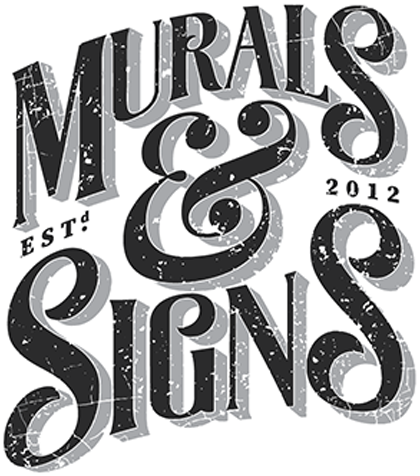In recent years, the art of mural painting has gained significant popularity, turning blank walls into vibrant canvases that capture attention and tell stories. However, undertaking commercial mural painting projects involves more than just artistic skill and creativity. There are several legal considerations that artists, property owners, and project managers must address to ensure compliance and a successful outcome. In this article, we delve into the crucial legal requirements for commercial mural painting projects.
Zoning and Local Regulations
Local zoning and regulations play a pivotal role in determining whether a commercial mural painting project can proceed. Artists and property owners should conduct thorough research to understand the specific zoning laws and regulations that apply to their project’s location. Zoning codes may impose restrictions on the size, location, and content of murals, particularly in historic or residential areas. Obtaining the necessary permits and approvals from local authorities is essential to avoid potential legal issues down the line.
Intellectual Property Rights
When engaging in a commercial mural painting project, it’s crucial to consider intellectual property rights. Artists should secure proper licensing or permission to use copyrighted images or designs in their murals. Additionally, if the mural involves a collaboration between multiple artists, a clear agreement outlining the ownership and usage rights of the final artwork should be established to prevent disputes.
Contracts and Agreements
Clear and comprehensive contracts are essential for the success of any commercial mural painting project. Contracts should outline the scope of work, project timeline, compensation structure, and any warranties or guarantees. These legal agreements help manage expectations, prevent misunderstandings, and provide a legal foundation in case disputes arise during or after the project. Having a lawyer review the contract can provide added assurance that all legal aspects are adequately covered.
Environmental Regulations
Mural painting projects often involve the use of various paints, solvents, and materials that can impact the environment. Artists and project managers should be aware of local environmental regulations governing the use, disposal, and cleanup of these materials. Ensuring proper waste disposal practices and adhering to environmental guidelines is not only a legal requirement but also contributes to the project’s sustainability and community goodwill.
Accessibility Compliance
Inclusivity and accessibility are important considerations in any public art project, including commercial murals. Depending on the location of the mural, it may need to comply with accessibility standards to ensure that individuals with disabilities can fully enjoy the artwork. This may involve factors such as ensuring proper contrast, providing tactile elements, and considering the placement of the mural in relation to accessibility ramps and paths.
Public and Private Property Distinctions
It’s essential to distinguish between public and private property when planning a commercial mural painting project. Murals on public property often require additional permits and approvals from governmental entities, along with adherence to specific content guidelines. On private property, artists should obtain written consent from the property owner before commencing any work. Clear agreements should also address maintenance responsibilities and potential liability concerns.
Insurance Coverage
Securing appropriate insurance coverage is a crucial step in mitigating risks associated with commercial mural painting projects. Artists and property owners should consult with their insurance providers to understand the coverage needed for the project. This may include general liability insurance to protect against potential accidents or injuries during the painting process, as well as coverage for the artwork itself in case of damage or vandalism.
Copyright and Moral Rights
Artists enjoy certain copyright and moral rights over their work, even after it’s publicly displayed. Commercial mural painting projects can sometimes lead to complex legal scenarios regarding the ownership and reproduction of the artwork. Artists should be aware of their rights and consider including clauses in contracts that address the use of the mural in promotional materials, reproductions, and potential resale.
Conclusion
In the realm of commercial mural painting, mastering the legal landscape is as vital as mastering the art itself. From navigating zoning and local regulations to safeguarding intellectual property rights, artists, property owners, and project managers must collaborate to ensure that legal requirements are met. By carefully addressing each aspect – from contracts and environmental regulations to accessibility compliance and insurance coverage – stakeholders can embark on mural painting projects with confidence, knowing that their endeavors will not only enrich communities visually but also stand on a solid legal foundation. Remember, every brushstroke should be guided not only by creativity but also by a deep understanding of the legal nuances that underpin this vibrant form of public art.
Contract essentials for successful commercial mural commissions
